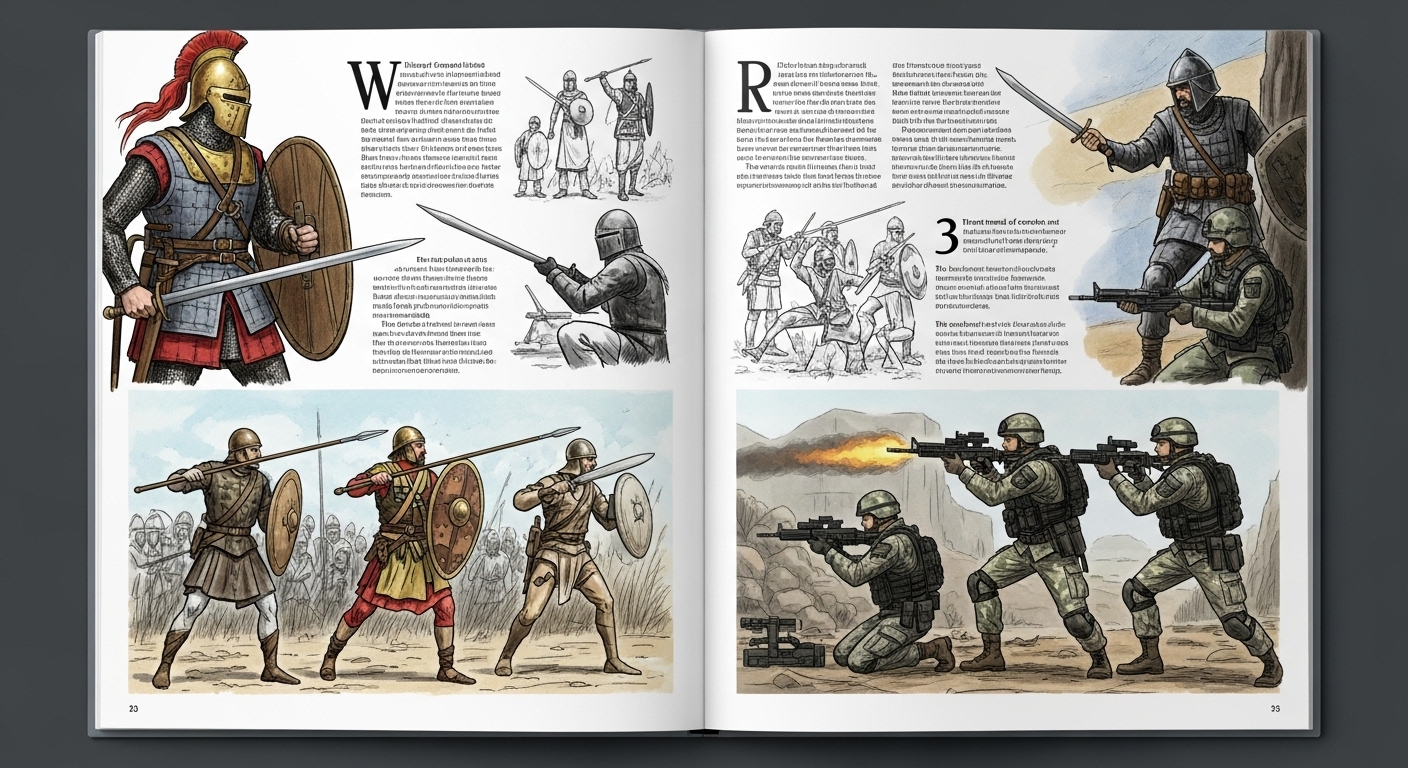Combat: Exploring the Art of Warfare
Introduction
Combat, the art of engaging in armed conflict, has been a defining aspect of human history since time immemorial. From ancient battles fought with swords and shields to modern warfare utilizing advanced technology, the concept of combat has evolved significantly over the centuries. In this blog post, we will delve into the history, significance, applications, and future trends of combat, shedding light on its enduring relevance in today’s world.
History of Combat
The history of combat can be traced back to the earliest civilizations, where conflicts were resolved through physical confrontation. Ancient civilizations such as the Greeks, Romans, and Egyptians developed sophisticated military tactics and strategies that laid the foundation for modern warfare. Over the centuries, combat evolved with the invention of new weapons and technologies, leading to the emergence of organized armies and military doctrines.
Significance of Combat
Combat plays a crucial role in shaping the course of history, influencing the rise and fall of nations, and determining the outcome of conflicts. It is through combat that nations defend their sovereignty, protect their interests, and exert influence on the global stage. The bravery and sacrifices of soldiers in combat have inspired generations and symbolize the resilience and courage of the human spirit in the face of adversity.
Applications of Combat
In addition to its historical significance, combat has practical applications in various fields, including military operations, law enforcement, and self-defense. Military combat involves the use of strategic planning, tactical maneuvers, and decisive action to achieve victory on the battlefield. Law enforcement agencies use combat techniques to respond to crises, apprehend suspects, and ensure public safety. Martial arts and self-defense training teach individuals how to protect themselves in dangerous situations using combat techniques.
Future Trends in Combat
As technology continues to advance at a rapid pace, the future of combat is likely to be shaped by innovations in artificial intelligence, robotics, and cyber warfare. Autonomous drones, unmanned vehicles, and AI-powered systems are already being used in combat scenarios to enhance military capabilities and reduce human risk. Cyber warfare, conducted through digital networks and information systems, poses new challenges and opportunities for combat strategies in the digital age.
The ethical implications of using advanced technologies in combat, such as autonomous weapons and cyber attacks, raise important questions about the morality and legality of warfare. As military capabilities evolve, policymakers, ethicists, and international organizations must grapple with these complex issues to ensure that combat remains governed by principles of justice, proportionality, and respect for human rights.
Conclusion
In conclusion, combat is a multifaceted concept that encompasses history, significance, applications, and future trends. From ancient battles fought with swords and spears to modern conflicts waged with drones and cyber weapons, the art of warfare continues to shape the course of human history and define the destiny of nations. As we look to the future, it is imperative that we approach combat with a sense of responsibility and ethical awareness, ensuring that the principles of justice and humanity guide our actions on the battlefield.

